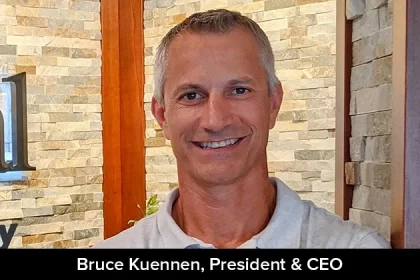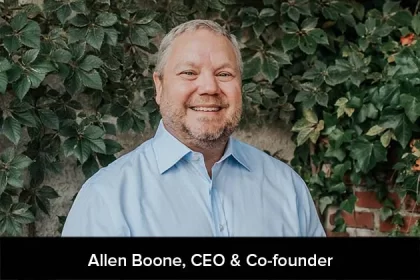While financial research, due diligence, and legal issues are frequently highlighted in these alliances, the role of human resources is as important for the effective completion of mergers and acquisitions law. The path of integrating two diverse organisations is more than just structural integration; it is a journey of aligning staff members and establishing a cohesive synergy.
The mixing of cultures, work styles, and ideologies is a complex challenge that human resource (HR) teams are best suited to solving. Their critical part in this process has far-reaching consequences, affecting everything from employee morale and retention to the entity’s bottom line.
Cultural Integration
With a deep understanding of the cultural landscapes, HR crafts a tailored integration strategy that seeks to capitalise on shared values and bridge any cultural gaps. This strategy may involve creating cross-functional teams comprising members from both organisations to foster collaboration and knowledge sharing.
Additionally, their design initiatives facilitate open dialogue among employees, encouraging them to express their concerns, ideas, and suggestions related to the merger’s impact on the company’s culture.
This department is critical in communicating the importance of the transaction to both leadership and employees. They emphasise that harmonic cultural alignment boosts staff happiness and engagement and fosters a cohesive front that can be presented to external stakeholders.
They stay sensitive to changing cultural dynamics throughout the integration process, quickly resolving any issues. They serve as mediators, assisting in the constructive resolution of cultural misunderstandings and disputes. HR also works with other departments to ensure that the cultural integration message is presented consistently across all platforms.
Talent Management & Retention
Because situations like this are typically accompanied by uncertainty and fear, HR strategists build and implement targeted retention programs. These are designed with a thorough grasp of the individual requirements and concerns of employees in mind.
Tailored incentives, like retention bonuses or equity awards, are given to important individuals to recognise their importance in the post-merger context. These measures not only provide a feeling of stability at a time of change, but they also encourage employees to stay involved and committed to the new organisation’s goal.
When there are overlaps in employment tasks or responsibilities, they play a critical role in organising a smooth transfer. They collaborate closely with leadership to determine which personnel are most fit for the new jobs created by the transaction.
Simultaneously, they ensure that individuals who may require further training or assistance to adjust to their new responsibilities have access to essential resources and guidance. This personalised approach to career development not only improves the abilities of individual employees but also improves the organisation’s overall competencies.
Organisational Structure & Job Roles
During a merger, one of the key challenges is creating a new organisational structure that reflects the combined strengths of both entities while eliminating redundancies. This involves a comprehensive analysis of the existing hierarchy, reporting relationships, and job functions in both organisations. The goal is to design a structure that optimally aligns with the strategic objectives of the merged entity.
They must identify new job roles and duties in tandem with restructuring. This procedure comprises taking into account the abilities, competence, and experience necessary for each position. HR works with managers and team leaders to verify that job descriptions are correct and that jobs contribute to the company’s strategic goals.
Departments must deal with the difficult task of managing employee cutbacks. This involves establishing and implementing fair and courteous layoff procedures, helping affected employees, and adhering to legal and ethical standards. Maintaining employee morale and reputation necessitates cautious handling of this issue.
Compensation and Benefits Alignment
Employees from both businesses may have various compensation structures, incentive schemes, and benefit options when the two entities merge. Maintaining employee morale, contentment, and a sense of belonging requires ensuring justice and equity throughout the newly united workforce.
In order to comprehend how to harmonise the pay structures, factors such as job responsibilities, skill levels, market rates, and geographic location must be identified. This necessitates rigorous examination in order to eliminate any discrepancies that might lead to employee unhappiness and attrition.
Incentives such as these should be aligned with the broader corporate objectives and drive employees to contribute to the merged firm’s success. This might entail improving performance measures, altering target attainment levels, and clearly articulating how the new reward system works.
Wrap Up
Human resources, beyond financial transactions and operational modifications, serve as the architect of harmony by bringing cultures together, retaining talent, and fostering open and honest communication. HR ensures that the newly amalgamated staff is treated properly and that everyone is pleased by closely monitoring compensation and benefit alignment.










